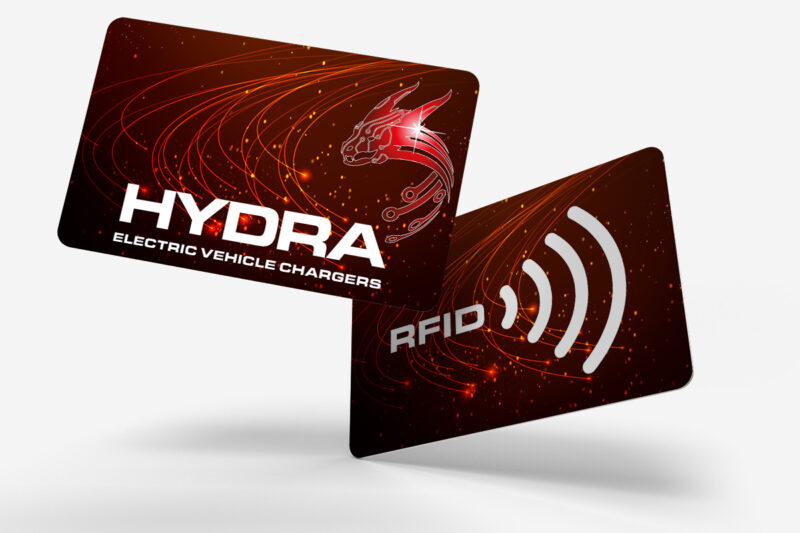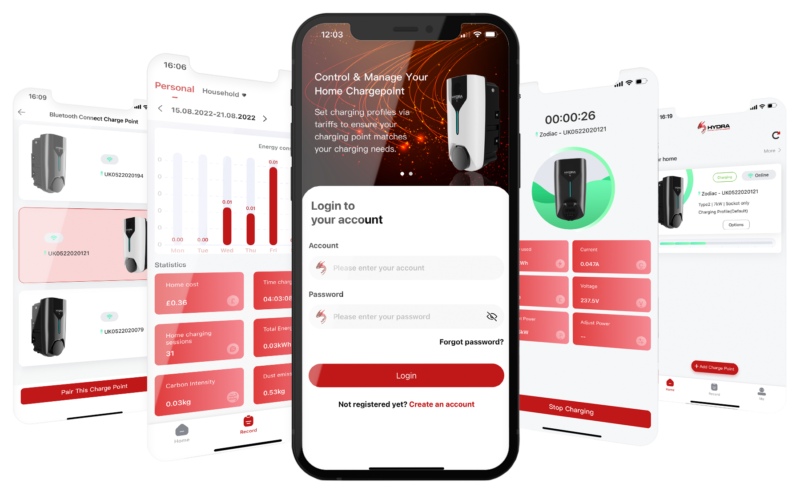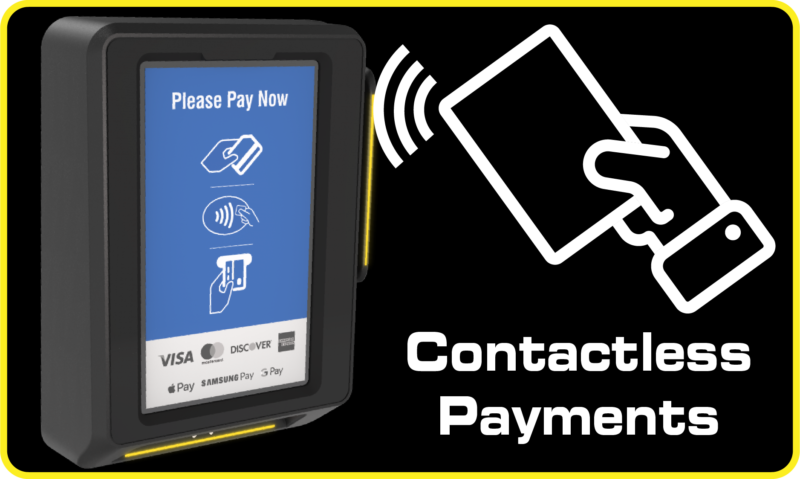There is no doubt that installing EV charging facilities in a workplace car park will be of benefit to staff and probably the logistics and delivery departments too. But how do you make sure that only those authorised to do so will be charging their EVs?
As the take up of Electric Vehicles continues apace the demand for EV chargepoints in the office car park is also increasing. Government grants are still available for companies looking to install EV chargers which will go towards both the cost of the charger and its installation (see OZEV website for more details), so it makes sense for companies to at least get the ball rolling ahead of the 2030 deadline for cut-off of petrol or diesel vehicles.
Controlling the access to these EV chargepoints can be achieved in a few different ways so the only real decision to make is whether to provide EV charging as a free employee perk or charge for their use.
Options for EV charging in the workplace:
- Simple Plug’n’Play – Just park up, plug the EV in and start charging.
- RFID cards or Keyfobs – The employee just swipes the card or keyfob across the reader built into the EV chargepoint and charging facilities are activated.
- SmartPhone App – Charging functions can be controlled by those with the necessary App on their phones.
- Pay as you go charging – Usually requires a card payment or contactless payment terminal fixed to the chargepoint.
Plug and Play EV charging
Although most EV chargers have the clever management and access facilities built in there’s nothing to stop someone setting up an EV chargepoint as an ‘open’ plug’n’play charger. The ‘always on’ facility is quite safe, most EV chargers have a standby power usage as low as 2w when not charging.
However we would recommend only doing this if you do not need to monitor individual usage (you can still monitor overall statistics) and your car park is secure or closed out of office hours to prevent unauthorised usage by people outside your organisation.

RFID Cards and Keyfobs
The simplest method of restricting access to an EV charger to only authorised personnel is by using an RFID card or Keyfob. This is the same technology as used in some company ID passes. The credit card sized RFID card is simply ‘swiped’ or held near to the reader on the EV chargepoint to unlock the device.
The benefits of an RFID card is that the cards are individually identified so whatever method is used to remotely monitor and manage the device – We use our own Hydra Nexus platform – can also identify users and log individual power consumption and other statistics such as total usage, time connected and disconnected, etc.
This data can then be used to charge the employee for the usage, if required, or simply to generate reports relating to CO2 savings and offset.
All Hydra EV chargers are RFID compatible (for the Zodiac it is an optional extra) and we can supply blank or personalised RFID cards to be issued to staff.

Smartphone App
Almost all EV chargepoints have an associated SmartPhone App which allows the user to set up charging sessions and log usage and power consumption etc. In the workplace some of these apps are not suited to ‘Group’ usage as they are designed for single users. The HydraHome App, however, can be configured for family use, giving each user their own login and creating separate usage records for each person.
This may be perfectly adequate for small companies with only a few EV drivers (contact us for more information on setting this up) but for larger organisations a more commercially focussed SmartPhone App linked to a powerful back-office platform like Hydra Nexus may be the answer.
Hydra Nexus allows any organisation to monitor their entire EV charging facility from one chargepoint to a nationwide network, providing realtime data on power usage, peak usage, employee usage, etc. The associated app can also be used by employees to access the EV facilities.

Pay as you go charging.
For companies looking to recoup the installation cost and power usage and maybe even provide a useful additional revenue stream there is the option of fitting a contactless payment terminal to an EV chargepoint.
These work just the same as parking meters in public carparks, the user simply plugs in their EV, swipes their credit or debit cards and starts charging. The device communicates with the EV charger and charges the user for the time and/or power consumed.
Actual rates to be charged can be set by the company which owns the EV chargepoint and everything is managed and monitored, as above, via the Hydra Nexus platform. The payment terminals used by Hydra EVC can also accept Apple Pay and Google Pay.
Companies looking to generate additional income can leave the EV chargers with contactless payment terminals ‘Open’ for use by anyone, including the general public, to earn income from the chargepoint out of office hours and at weekends.
If you would like more information regarding RFID cards for EV Charging, Contactless Payments for EV charging or Remote monitoring via the cloud-based Hydra Nexus platform please don’t hesitate to get in touch.


